0 Comments
Frustrated that people don't follow your lead? Find out where your leadership style is fragile30/4/2024
How are you making sure your organisation is dedicated to the same direction, stays strongly engaged to move forward and your teams are striving to give their best? Great leadership is without doubt the (not so) secret recipe to lasting success. It creates the resilience to go through uncertain times and enables the necessary transformations.
What do you need to lookout for in 20204? Swiss leadership institute IMD shared earlier this month how they predict the trends for this year. Let me share them here with you.
How will you drive change in your organisation? Source: Seven leadership trends to focus on in 2024 This year might become a tough year and there might not be much we can do about it - especially about the external and geopolitical aspects. What we can focus on as a leader is to equip the organisation and enable our teams to give their best. And one special aspect is Energy!
Organisational Energy is what I want to talk about today. How often do we feel that work is draining our energy? That the efforts within an organisation are clashing; that people are lethargic and inert. And as a leader we simply wish that we are able to give our teams a spark. I recently came across the work of Heike Bruch and it is refreshing to see peers that are sharing the same vision and passion for energy, positivity, and enabling Drive within our work ecosystem. Here are some of her thoughts on the topic:
As with many things with effective teams, the collective energy is larger then the sum of the individuals. When we align this energy we can create synergy that triples or tenfolds the efforts. As a team we can then ride that wave and easily overcome barriers. We can collectively become antifragile. Source: TEDxZurich - Heike Bruch on How to Manage Organizational Energy The end of the year is coming and I got asked, if you would give one piece of advise, what would it be? In my experience dealing with leaderships, one foundational attitude I discovered is Win-Win. In our work life we come across various situations: developing a product, negotiate with a client, hire an employee, resolve conflict, onboard a supplier, provide feedback, conduct meetings, and simply solve a problem. When you observe yourself in these situations, how often do you want to win, how often do you want the other party to lose? Or you might simply not care if you lose. All these attitudes have in common that they are not effective. For success, we need to practice a win-win attitude. When I help people to obtain this new approach, I usually share Green & Clean by Stephen Covey - a fun and inspiring introduction to the topic. And there are so many great quotes which I would like to share here:
How will you approach win-win in your next negotiation? “Only 41% of CEOs believe employees’ behaviours are mostly aligned with company’s values and direction.” This statement from PwC's annual CEO survey means that about 60% of the employees are not fully aligning their productivity with the company's priorities. As a result, efforts are wasted in the wrong direction. Further, according to Hive17's surveys, about a third of the managers underestimate the importance of goal setting for motivation.
How are you going about setting targets for 2024 to create maximum impact for your business? Hive17 successfully implemented vision to action programs since over six years, driving change for new strategies and large-scale initiatives. At it's core is a interactive approach that translates your strategy into actions in people's daily work. What we deliver is:
Our programs focus on principles, structures, tools and behaviours to enable everyone in the entire organisation to give their best. How do you plan to create more impact for 2024? Source: Leading in the new reality, PwC's 26th Annual Global CEO Survey - Asia Pacific, January 2023 Most companies are stuck in their corporate patterns: large overhead costs and bureaucratic burdens; a focus on short-term results; an inert workforce following a handful of leaders; exposure to bias and unfairness. We sort of know it is wrong, but we don't have the means to change to the better.
Except for one company! Very few people heard of the company Gore (mainly famous for its Gore-Tex fabrics) which churns out 3 billion USD of revenue with 9'000 employees worldwide. Gore has a very different management philosophy: no hierarchy, family feeling, CEO is selected via a poll, etc. The fundamental belief at Gore is that individuals know what's right for the company and success comes from collaboration in small teams; "we are all in the same boat". Followed by the guiding principles of freedom, fairness, commitment, transparency. On my side, I love to share the story of Gore in order to inspire and show, it is possible to lead differently. Enabling leaders to think out of the box and facilitate change. Here are a few of the elements that define the leadership innovation at Gore:
Reading through this story, I see Hive17's Human Operating System confirmed: we need to start with a shared direction; then creativity comes up with solutions; experimentation allows to polish these ideas; and solid relationships motivate and allow fast decision-making. How do you enable your teams to give their best? Source: Innovation Democracy: W.L. Gore's Original Management Model Photo Credit: Charlie Bibby, FT Are you looking for ways to boost your productivity and control your costs? The Hive17 Human Operating System is designed to enable teams to give their best and one of the key elements is innovation.
At Hive17 we often observe that medium-sized organisations have limited resources and may be stuck in traditional ways of thinking. Hive17 can help you to overcome these barriers and build a culture for effective continuous improvement within your organisation. Here is how this might work. Let's say that you are looking to improve your efficiency in your operations. We would start with the right mindset and approach to identify creative ideas. This requires a deep understanding of the problem by involving the right people and enabling everyone to express and appreciate new ideas - as many as possible. After that, we would test these ideas using a scientific approach to stimulate trial & learning. We will help you to set up a clear hypothesis, collecting the right data, and analysing the results carefully with an open and curious mind. As a result, you can expect to see within a few months a 15% cost reduction and productivity gain. The new culture will also enable you drive quality and create a future-proof business that is able to thrive in any market. What are the two most important and sought after leadership skills in Asia? Based on the research of GloCoach, they identified the two following skills:
From our practice at Hive17 we can only underline the value of these two leadership skills in order to bring positive change within your organisation. And we observe that many leaders struggle to apply these skills on a consistent basis. How fragile are your leadership skills? How well do you understand the qualities to successfully lead a team? And, how confident are you to implement these leadership skills in your daily work? Here is the solution: Hive17's Antifragility Score is assessing your teams leadership qualities with a unique focus on teams and how to enable them to give their best. This assessment includes:
Accelerate the engagement in your team which leads to improved innovation, productivity and retention. Your individual antifragility score is for free! Every year, my Alma Mater brings about 70 students from St.Gallen to Singapore for an exchange semester - undoubtedly an unforgettable and important experience. As part of their program, they conduct a consulting project with their peers at SMU. Over the years, we observed one key ingredient for successful projects: effective collaboration within the teams.
This year I had the honour again to introduce how to form effective teams in a short period of time. I feel it is always so insightful and a great learning experience for me to work together with students. Absorbing their curiosity and insightful point of view. Here are the key steps we covered in the 90 minutes session. Start with a win-win attitude. When we are entering a meeting, negotiating or selling our products, how often do you observe that one party wants the opponent to lose out? We can only achieve maximum synergy if we consider the win of the other party and have the courage to stand for our win as well. Effective teamwork happens when we enable all team members to give their best. This requires clear, common goals, shared leadership, a desire to deliver high quality, quick decision-making, and a high level of energy. And let's not forget that the work environment strengthens the mutual trust. Shared values are the basis of team principles. These will provide guidance on how the team wants to work together and also establishes boundaries. The team principles also include ways how we get to know each other better and build social connections. Conflict will arise and effective teams are not good at avoiding conflict - they are good at conflict management. First step: deflate emotions. When we are super excited or very angry - in any case, we won't be able to think rationally and create solutions that resolve the conflict. What are your key ingredients for effective teams? This might be one of my rare posts about AI. Yesterday, I was invited by our partner GloCoach to an event to talk about "AI and Organisational Success". Here were some of the proposed questions: Will AI replace our workforce? Or rather, when will AI replace our workforce? And the questions then continued: how will AI replace people? With whom will they be collaborating?
The discussion elaborated that, as any other tech tool, AI will support us humans. The algorithms will fulfil tasks which we are struggling with, for example big data analysis. The automation will allow us to offload mundane and repetitive tasks and to focus on the more value-creating tasks. We humans will (should) always be in control and make the decisions. Automation - as it has been shown in the past with the agricultural, industrial revolutions and photography - will allow us to scale and to provide solutions to 10'000 times more people than we were able before automation. As was discussed during the event, this means that high-level coaching solutions can be provided to a much much wider audience, while the current coachees might still prefer (and able to afford) to be coached by a human (augmented by AI). Here is another idea that came up during the conversations I want to share here. How can we improve business processes with AI? Here we are often in a dilemma... On the one hand, we want to have consistent processes because this will allow efficiency. On the other hand, we are faced with exceptions that don't follow the norm and we need to 'bend' these rules. I am a proponent to switch from 'rules' to 'principles', because principles allow you to understand the underlying reason why we do things and provide us with flexibility which enables us to focus on effectiveness. AI can help here to combine on the one hand the underlying rules of a process with on the other hand specific data about the individual person or item that goes through that process. As a result, we are able to scale individualised iterations of the business process that are more accurate and are at the same time efficient and effective. Examples are individual leave application procedures, 3-D printed items, last-mile package delivery, etc. Where do you see the future of artificial intelligence in your life? The purpose of any organisation is to successfully deliver value to their customers. The range of customers might be wide and the definition of value and success might greatly vary. Though, in essence that is it. And rightfully, companies are focusing their efforts on selling, producing and delivering their products and solutions.
Recently, there have been new questions and barriers appearing in leadership circles. "I need all my employees to focus in one direction."; "It feels like that internal silos are preventing us from delivering to our clients."; "We need values and a culture that is exciting to work in." All these statements point to a need for increased focus on the delivery of that customer value. We need an effective foundation for our way of working. That is basically the infrastructure to run our operations; or the Human Operating System. The goal of the human operating system is to create an environment that enables teams to give their best. It is about alignment, transparency, change management, motivation, psychological safety and fun. Imagine a flotilla of small boats that independently sail towards a common direction. How these are operated and are connected describes this operating system. Here are some of the key components for this human operating system:
Let's arrange a meeting to find out how Hive17 Consulting can further improve your way of working! Hands up who struggles with people that just do the minimum work? Yes, you are not alone. And it is frustrating to see the potential in people not being used to bring success for the company, for the team and for the individual. Your organisation might have great team bonding and a lot of fun. How well does this translate that everyone is giving their best? In my experience, being a nice and kind leader has its strong limitations. We need to go beyond this and be inspirational and supportive - I'd like to call this positive leadership.
In this context, I came across this Harvard Business Review article that highlights the challenge that we can't push and force people to feel accountable. Fear is a very bad motivator. The alternative, which leads to long-term and a deeply rooted ownership, is creating accountability using compassion. How can we go about this? It is about creating a fertile environment that cultivates that feeling of ownership. Here are some of the key elements for this. One elemental ingredient is a shared purpose - a clear goal that is collectively defined. All team members can identify themselves with this purpose and it provides meaning. This shared purpose is the Why, the direction that enables our daily decision-making. Setting clear goals is one thing; reviewing that we are walking in the right direction is another. No point in setting targets if we don't follow up. Effective teams develop routines to frequently, transparently review their achievements - this means identifying what is needed to further advance towards the defined key results, and sometimes have the courage to adjust them when circumstances have changed. One of the biggest blockers for accountability is the lack of a psychological safe environment - in simple terms: group trust. An environment where people can share their thoughts, are feeling respected, and are having fun, this will bring the people closer to their team members and to the organisation as such - a starting point for accountability. And it provides a lot of energy and drive to give their best. Everyone in the organisation has valuable expertise. When people are able to contribute their knowledge and experience to the advancement of the team, then they will feel proud - about themselves and about the team. So, it is important to be a coach and allow people to unfold their potential. As an experienced manager you might know the solution. Though, it is fundamentally more important to lead your people to find the solution themselves (with your support). Allow your team members to identify and define the How themselves - this allows you to avoid micromanagement. One important question here: if we are such a leader, are there any consequences? Yes, for sure; and they are not your typical: if you don't achieve your targets, you will be fired. There are always real consequences, typically from the ecosystem we are in: our customers are not able to sell their products based on our delays; we will not be able to be profitable; we will struggle to build confidence with our stakeholders; etc. This means we are appealing to their compassion and creating intrinsic motivation. Let's start the change and focus on enabling teams to give their best. Based on structure, routines and mindsets. Source: Hold Your Team Accountable with Compassion, Not Fear; Harvard Business Review, February 2023 We just finished a team retreat and during the closing, the client shared "this was amazing, we never got the people to share so much. The sessions were fun, insightful and engaging. Thank you so much!". How did we get there?
One of the thing we can observe with many companies, friends, clients, and teams we are working with: we are overwhelmed, we are stuck in a rat race. Looking at the "Second Quadrant Model", this means we are stuck in the first quadrant: our important and urgent tasks. We don't have the bandwidth to allocate time for the important and non-urgent tasks, which allow us to build an effective work-environment and reflect on our strategy and priorities. How can we facilitate this change? This is where team retreats come in. While an investment in time and money, they allow us to create the necessary brain space to build a solid foundation for team effectiveness. This is the exemplification of Slowdown to Speedup! So, how shall we go about team retreats? There are some principles for successful team retreats; here is my take: a) enable the participants to switch off from their daily grind; b) lots of time for quality, social interactions; c) the managers are participants on the same level as everyone else (an independent, external facilitator helps); d) focus the sessions on topics in the second quadrant. What did I miss here? Ok, great principles... What shall we discuss concretely? First of all, start with an overall theme for the retreat which provides the context for the conversations. Often we come across the broad opportunity around 'improving collaboration' and 'building ownership'. Though it can also have themes like 'shaping our desired culture', 'discovering new market opportunities', etc. As a next steps, it is important to provide a structure and path for constructive and effective discussion. Here is an approach:
Great - as a team, we had 2-3 days off from our daily work and enjoyed a fantastic time with our family at work. And then we come back to the office and we will be very quickly overwhelmed. We want that the great stuff we discussed during the retreat is continued back at work; we want that we keep the momentum. For that, it is vital that we immediately build routines that carve out space for our second quadrant tasks and actions. And for sure, the foundation for this should be defined at the retreat. How do you experience successful team retreats? In my role as co-chairs of the SwissCham Climate Tech subcommittee, I had the honour to host a CSO Roundtable. We brought together industry leaders in Singapore to share their experience about how we can accelerate our sustainability journeys based on mindset shifts and organisational structures. With a new format that brought the panel very close to a small audience, all people in the room engaged in an open interaction on how organisations can work towards net zero targets.
Three major topics emerged:
Sustainability is admittedly a complex and multi-faceted topic; from small technical solutions to an ecosystem approach, on all levels the drive for sustainability adds complexity. The topic might be less daunting if we understand ESG as one single topic, instead of having separate approaches for E, S and G. And the major driving force is looking at it with a problem-solving lens. Looking at sustainability as the long-term business opportunity as in operational efficiency, market growth, and talent attraction. When we look at the broad population in most organisation, the majority of front-line and middle management employees are full of ideas how we can do good; they have the insight, understand the barriers, and have the passion to find a solution. Unleashing this potential means that we need to create platforms that enable these people to become ambassadors, gather like-minded people around them, and develop autonomy in identifying solutions. It is as simple as removing the barriers of creating internal movements. In this context, it has been mentioned that the senior- and top-management levels are often hindering these efforts, killing the energy by demanding short-term financial results. Here, efforts are necessary to convince our leaders to understand sustainability as a business opportunity. Focus on that future business reward and the money will flow automatically. All three topics are major transformations - we are embarking on journeys that change people's minds, develop new cultures and aspire to bring more humanity in our ecosystem. The result can only be good! What is your first step to action? Many of you know that I am a self-declared 'positivist' - a person with a strong belief that when we look at things from the bright side, we will deliver better results, be more creative, and have more energy - enabling teams to give their best! And while following another passion of mine - sailing - I found another proof that I am on the right path "Does it ever go too far, where you said, we had a bit too much fun there?" - "No, never too much fun!" Team Malizia of the Ocean Race has been recognised as The Team that is always in a good mood and seems to having a blast in their boat in the middle of the ocean. Here is one of their team mates sharing her experience: In a nutshell:
Hive17 Consulting is running change facilitation programs that enable teams and organisations to create a work environment that enables everyone to give their best. More about Team Malizia - Ocean Race Yes, in the last months we have achieved a lot. The majority of companies have defined sustainability targets and they are concerned about creating their ESG report. Though, we also need to be honest with ourselves: this is only talk and we need action - a lot of action - to reach global success in turning around climate change!
“57% of CEOs identify unclear ROI and economic benefits as a leading challenge.” Many companies have set ambitions net-zero targets which they want to reach in the next decades. And yes, many companies have scrambled together a team that is identifying opportunities to create impact. Is this enough? In my experience, if you want to reach ambitious energy saving targets, you need to mobilise the masses. And in the context of sustainability, your own employees are not enough; you need to engage your customers, suppliers, your community and a wide range of other stakeholders in your ecosystem. A daunting task. One principle in change management: let's break down that overwhelming initiative in small, first steps - at the start, we want to create momentum. How can we achieve this? In our practice, we call this Vision-to-Action and the objective is to propagate the high-level, strategic targets into actions for everyone in the organisation. We are using the concept of objectives and key results (OKRs) in this process and ensure that on each level, we encourage a bottom-up approach to translate the higher level OKRs to their own specific scope. Building ownership and excitement. For example on a regional management level, we can achieve alignment on the concrete results we want to achieve in the next three months while keeping an eye on the long-term vision and targets. And in parallel, we have organised large-scale workshops to enable the front-line employees to identify their contribution to the creating impact. This also creates a fabulous energy and drive. How are you creating real, large-scale impact in your organisation? Source: CEO Study: Own your impact, IBM, May 2022 Why are you afraid to share news that is not exciting? Honesty wins the hearts of the people24/3/2023 A long long time ago, I heard this term in the business world - "on a need to know basis". Yes, still today people think that is a sensible approach to working together and doing business. On my side, from the start of my career, I felt it was wrong. As a recipient of this statement you simply feel stupid and marginalised. In a way, a very disrespectful expression.
In today's world, leaders are expected to be humble, truthful and vulnerable. To a great extent, we need to be honest. Hontest with the people around us and honest with ourselves. In recent news we hear about companies making wrong claims, hiding realities, green-washing, etc. While in the past, it might have been a competitive advantage based on information asymmetries. In today's open world, these are quickly eliminated. The successful company is innovative and works closely together with their partners; up-stream, down-stream, left and right. It is ok to make mistakes, it is ok to not be the leader in carbon emissions, it is ok to not know the future. The most important thing is, we are trying our best to create a better environment for our next generations. Let's be honest. How am I becoming a better leader? This is a question that I encounter a lot during my engagements. And the question is not: what is good leadership? Most people know. The question is, how am I practising good leadership on a daily basis? This is so hard!
One of the key focuses as a good leader is developing your people; creating a learning organisation. In whatever we do, we want to learn. We want to become better. This is where the core of growth is hidden. For this 'learning first' focus, there is a base mindset which is important. I am not here to teach others. As a leader, I need to create the environment for learning. Here is a ladder of this mindset.
This means, as a leader, I need to focus on my own learning; learning from the people around you. And with this, you can stimulate the desire to learn; and create the foundation of a learning organisation. When will you start to question what you really know? There are many reasons why companies are embarking on their sustainability journey. Some of you might know that I advocate focusing on the business opportunity of climate change actions - instead of the compliance perspective. Let's look at one part of that story: Attracting & Retaining Talents. Recently I have encountered a set of companies that are primarily motivated to engage in Sustainability because they are able to cultivate a company culture that is motivating the employees to work at their best. They find meaning and fulfilment in working in an environment that goes beyond financial targets and cares about the ecosystem we are embedded in: our planet, our community, our peers, our families. This in itself is convincing many leaders to put a strong focus on employee engagement - and on becoming an impact-focused company - because they know that this will lead to a strong positive impact on the company's performance. Though, not everyone has that conviction - allow me to give a more quantitative perspective. For this, I will base my calculations on a group of 100 people with an average salary of 5'000 USD. "Two-thirds of people are more likely to work for a company which demonstrates strong and meaningful environmental policies", Wired UK | 02 2023 Retention When people feel, their current company does not provide them the right environment anymore, they will leave and the company needs to hire a replacement. This has in fact a huge cost starting from cash-outs like recruitment, to productivity & training related losses, and to negative impacts due to knowledge and cultural losses. Different studies share different numbers though a number I like to work with is that the total cost of re-hiring amounts to about 86% of an annual salary. Let's assume an attrition rate of 10% and due to our Sustainability journey we can convince half of them to stay. This will amount to a rough benefit of 250'000 USD per year. Get the best out of People I have mentioned above that a meaningful work environment will spark motivation and as an end result lead to higher productivity. How does that translate into numbers? Let's assume that we can motivate about a third of our workforce; and these people will be able to spend 25 minutes a day more focused and productive - I think a very conservative improvement. This will amount to a rough benefit of 99'000 USD per year. Adding these two numbers together means that starting a meaningful sustainability journey can create a benefit of 350'000 USD per year for a group of 100 people; this is about 2% of the salary costs. I agree that most of these benefits will not directly appear in your profit & loss sheet - still this might convince you to start focusing on attracting and retaining your talents in your organisation. This was only one of the three buckets how we can turn sustainability into a business opportunity. Next time we will look at operational efficiency and market opportunities. Sources:
During the Sustainability Week Asia in Singapore, on stage and in the hallways, there was one strong agreement among speakers and participants. Most companies are still in the game because of compliance - in order to keep their 'license to operate'. They are pushed by regulators, clients and the markets to provide their sustainability reports and commit to token targets.
If we want to turn the tide on climate change, we all need to go beyond that and understand one important thing: Sustainability is one huge business opportunity! The opportunities fall typically into three buckets: attracting & retaining talents, operational cost efficiency and exploring new markets. And all of them have a strong impact on profit. Once we realise this, the sustainability movement will be unstoppable! How can we create this awareness? As a change management practitioner, there are a few simple insights:
Today was Day one of the Sustainability Week Asia here in Singapore. The first session, Tony Fernandes. And he mentioned something which is close to my heart:
"In sustainability, companies need to push first their internal marketing!" This, in my experience, means that we need to make the new vision tangible for employees, so that they can relate. And it also means that we need to translate strategic KPIs into targets for the people in the front-line. Translating the vision into action. I have been glad I was able to be involved in large-scale programs where we have achieved that wide-spread engagement. It takes some effort to create this momentum. And then, the movement is building up and delivering excitement, motivation and then strong business results. Don't keep your initiatives in a closet; let's create these movements. I hear that with many of my clients: I feel like they are only ticking the box and they are waiting to be told what to do. It feels like we have a blame culture which is slowing things down. How can we change them and stop this complacency? How can I enable my people to be more proactive? And why bother, I can simply do the job myself and delegate the important stuff to 'my guy'. The answer is productivity - productivity based on more action & results, and based on a more energetic & focused culture. Once we bring the people out of their inertia, then they will also be able to grow personally, master new skills and feel more confident and excited. Which impacts the productivity of the entire team and the people around them. What does it take to enable this change? Ownership! We want to create an environment which allows the people to identify themselves with the overall objective and feel engaged to reach that with their best effort. They own their part of the business. From my experience, here are the key ingredients to develop ownership:
The underlying topic is: becoming a High-performing Team! This is when a team can deliver excellence effortlessly. Everything falls in place and as a team we flow towards success. Image credit: ©Eloi Stichelbaut - polaRYSE / Holcim-PRB |
Subscribe
Receive our monthly themed summaries of our thoughts: click! TimTim is a change practitioner in the area of innovation and excellence. He is working with teams to accelerate innovation, collaboration and agility. Categories
All
Archives
July 2024
|



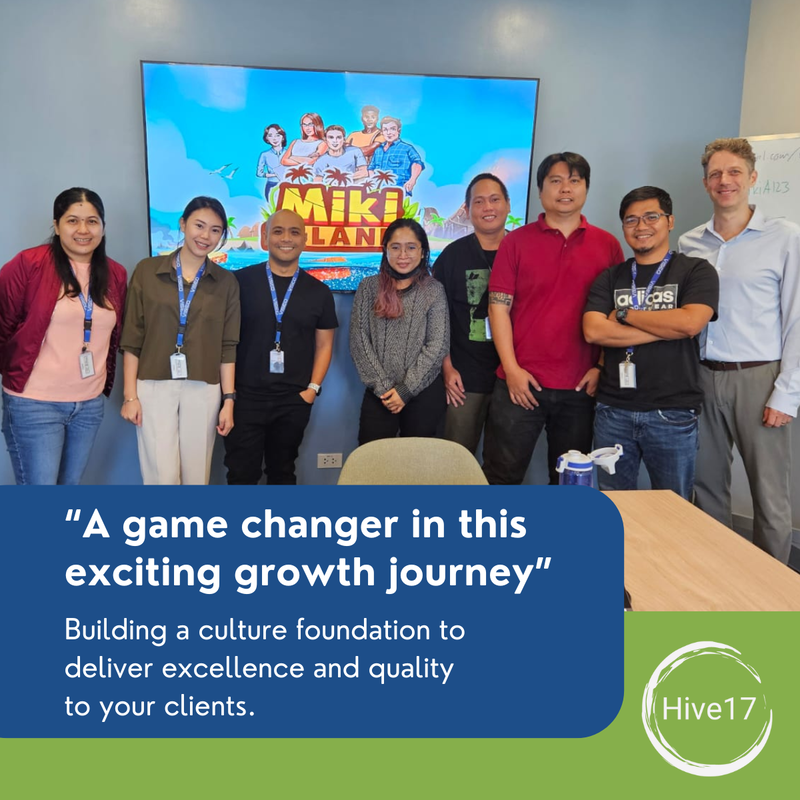
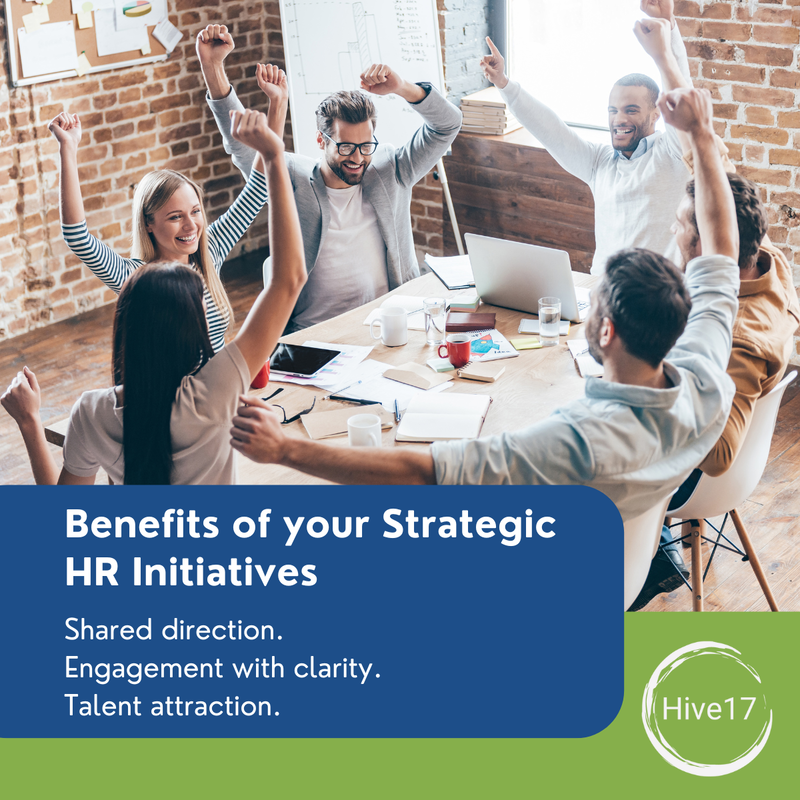
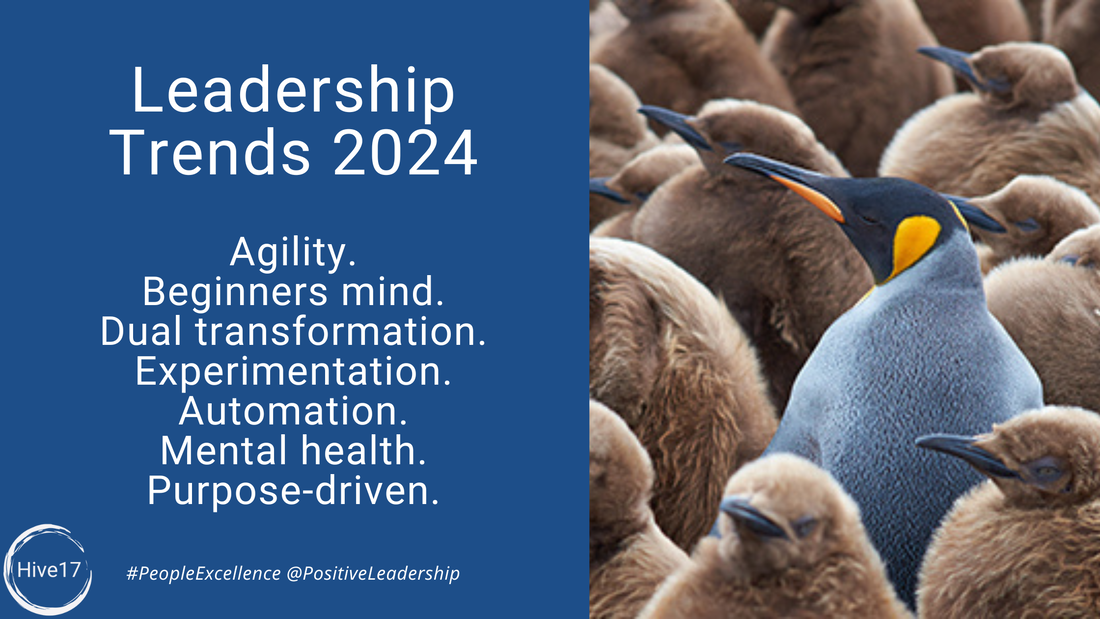
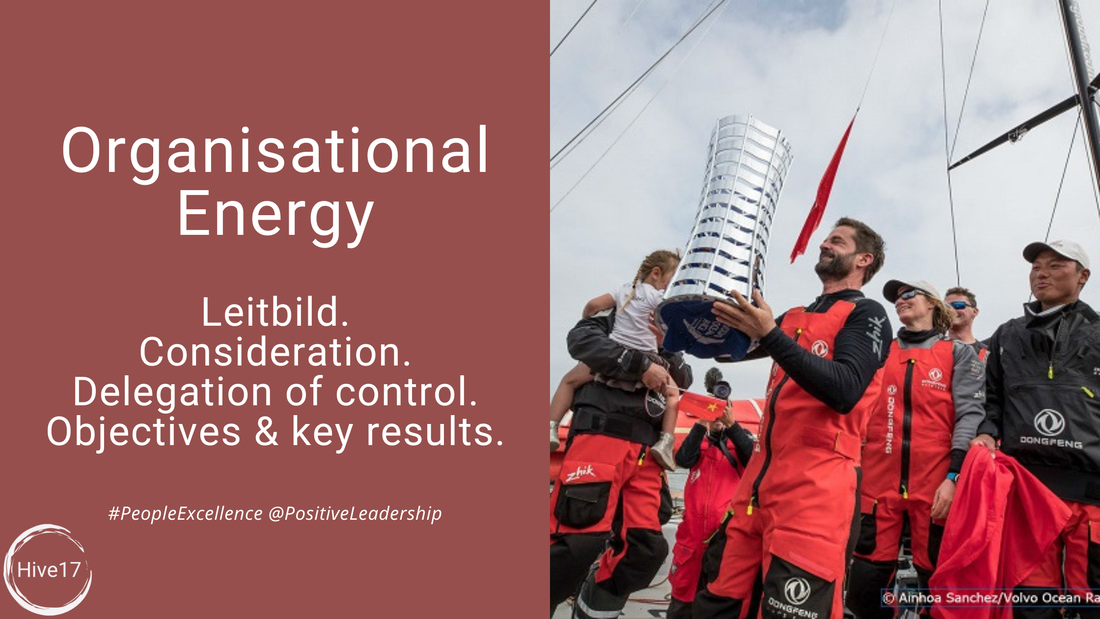
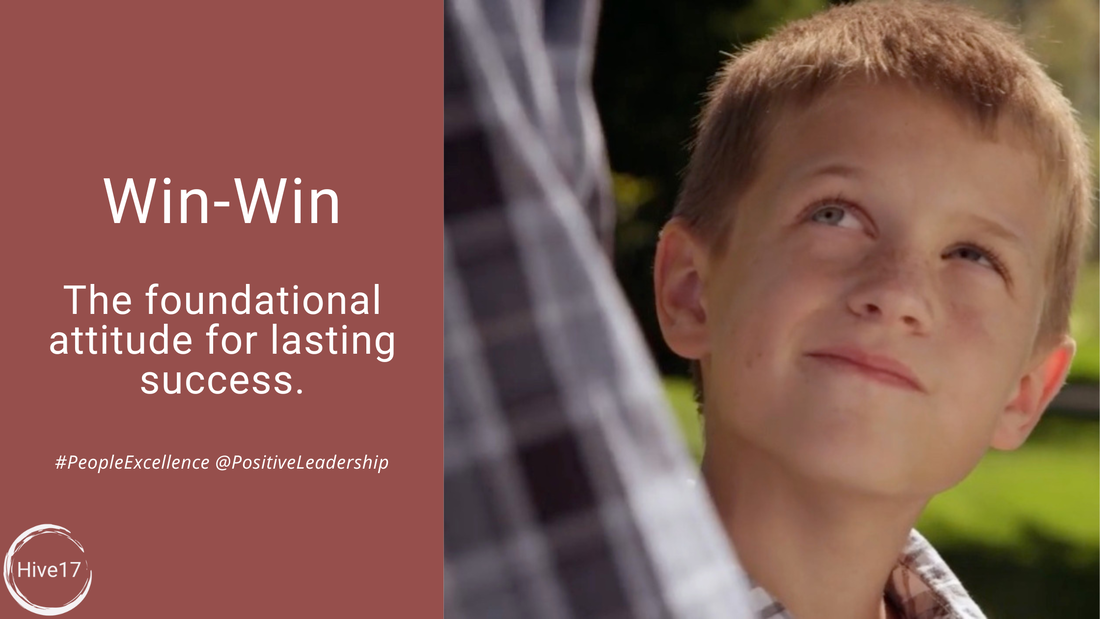
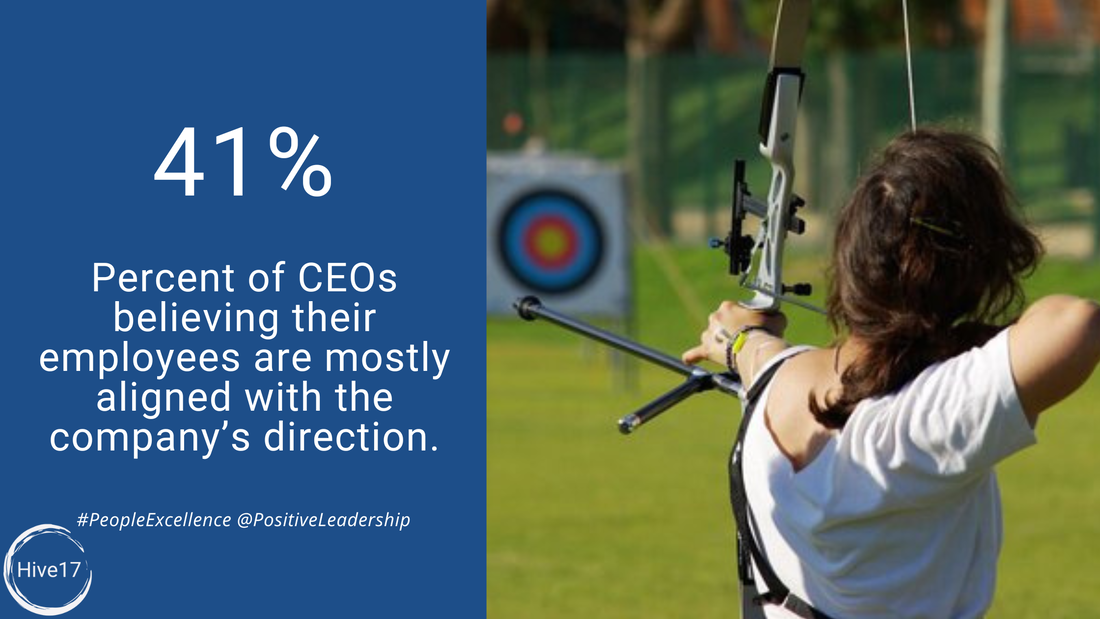
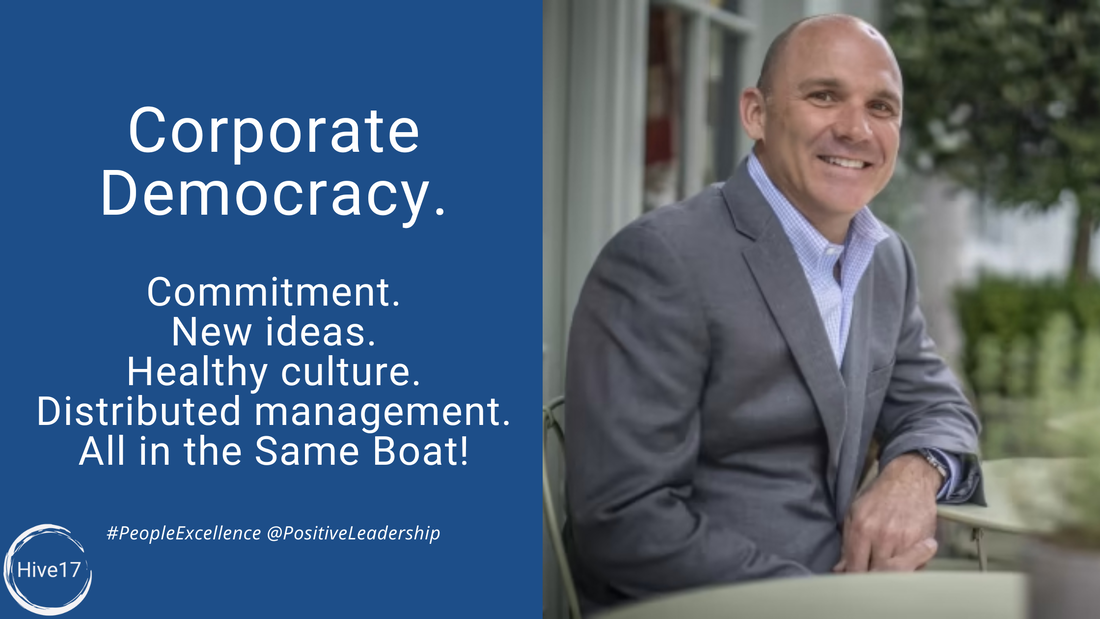
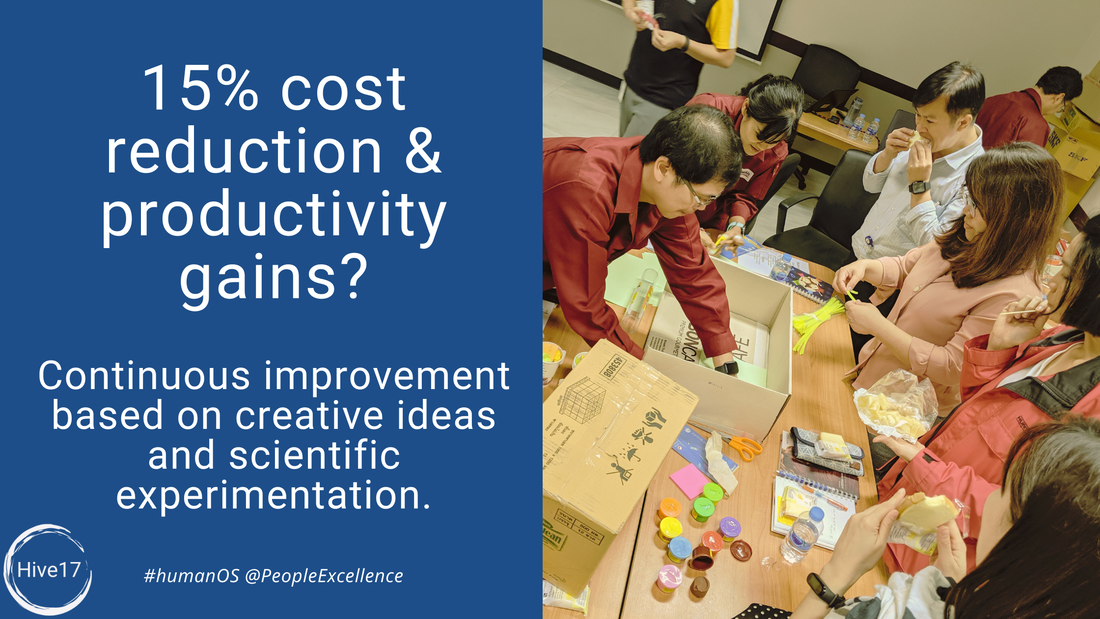
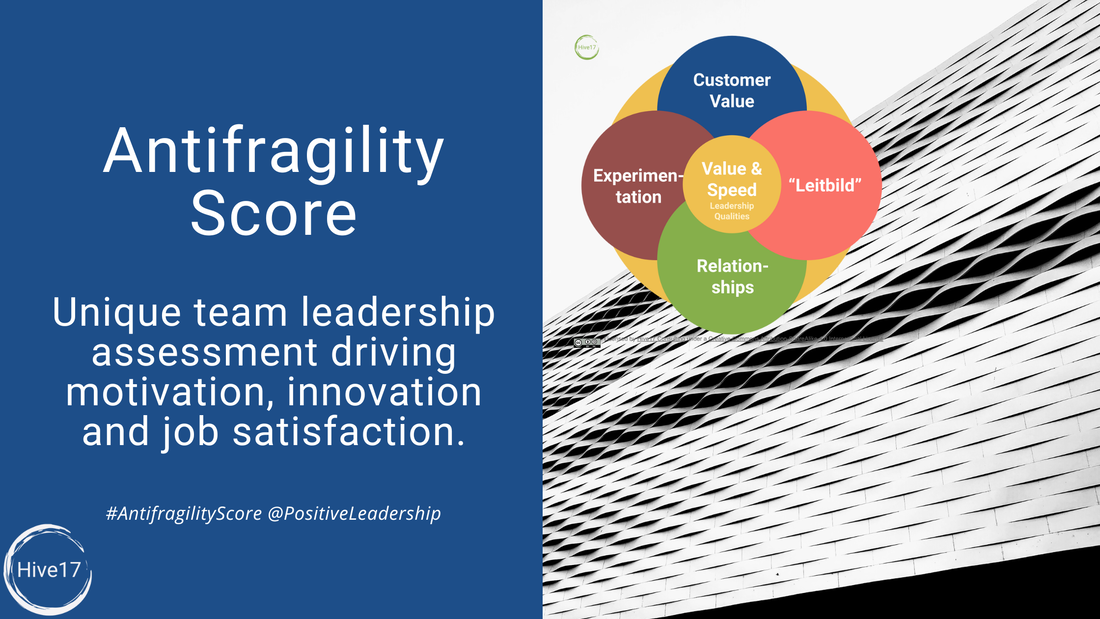
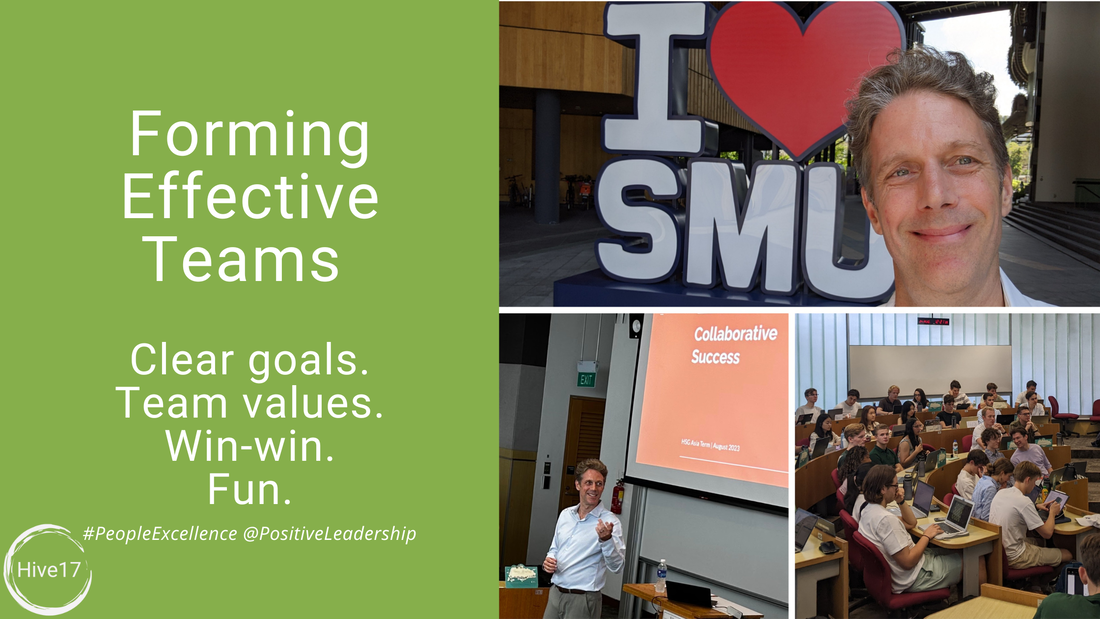
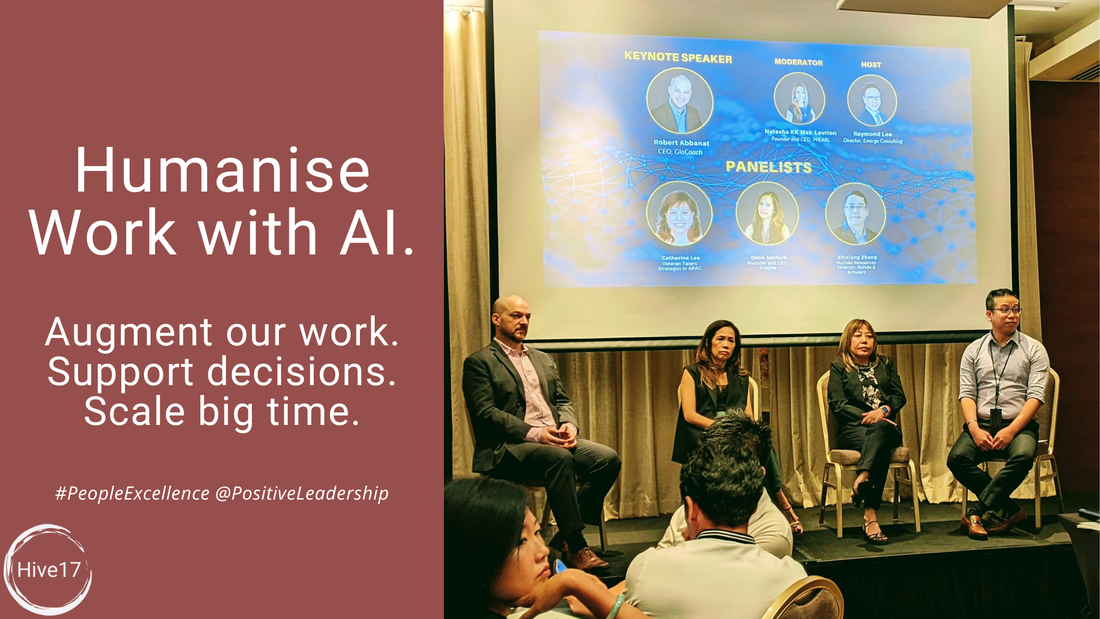
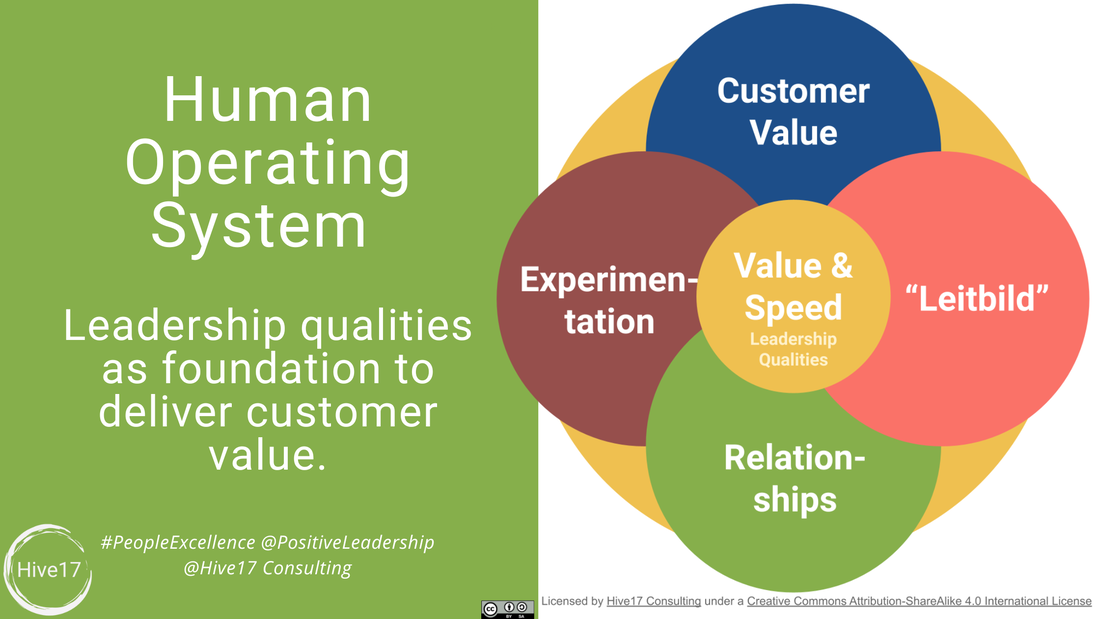
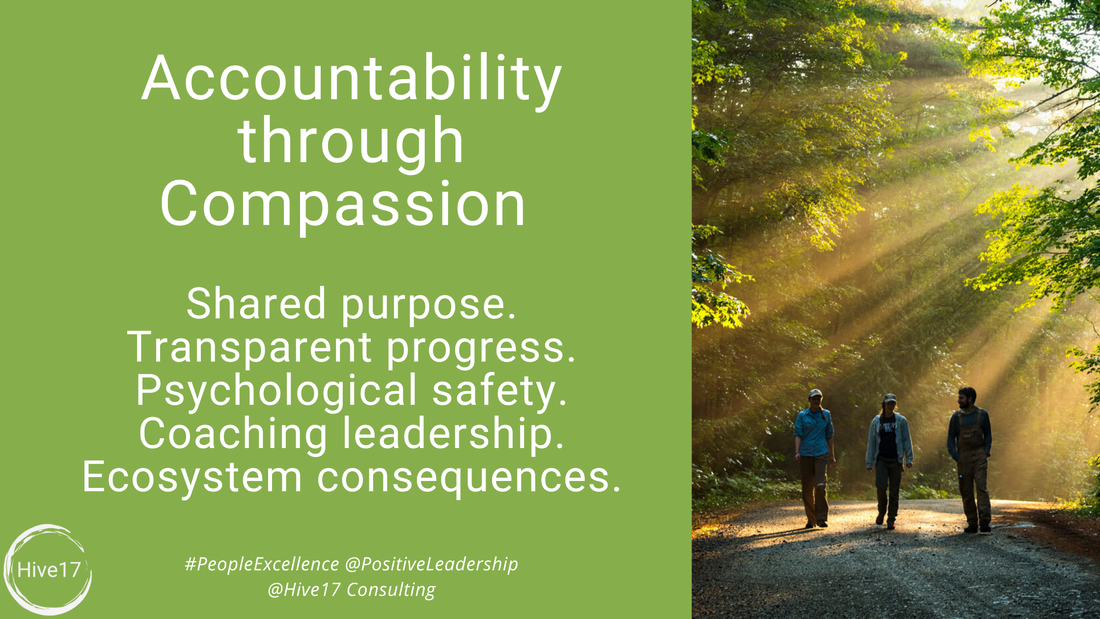
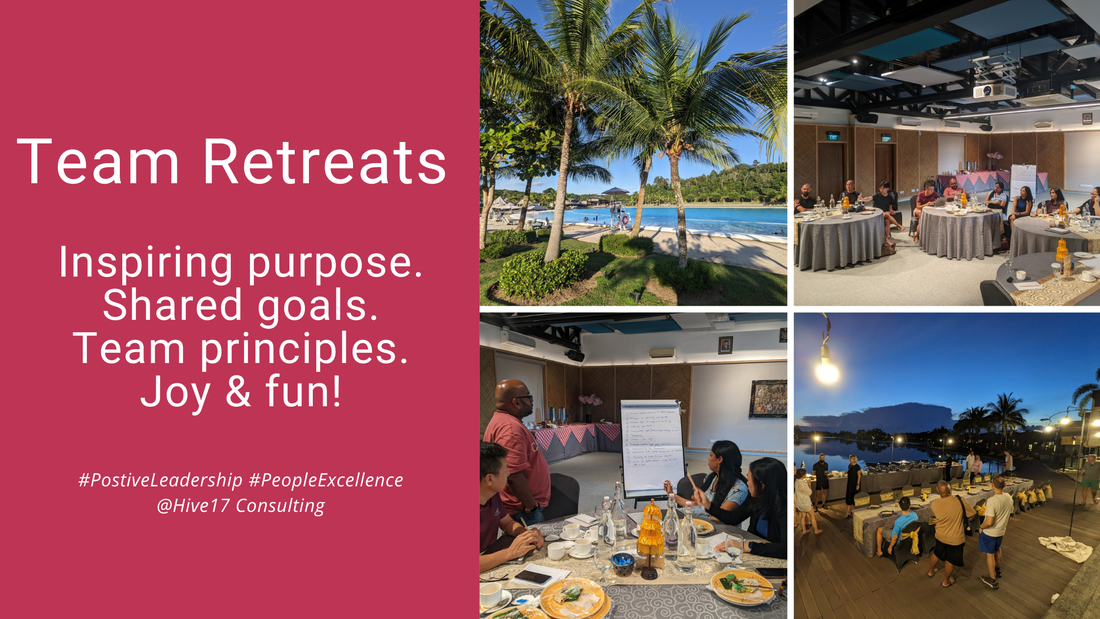
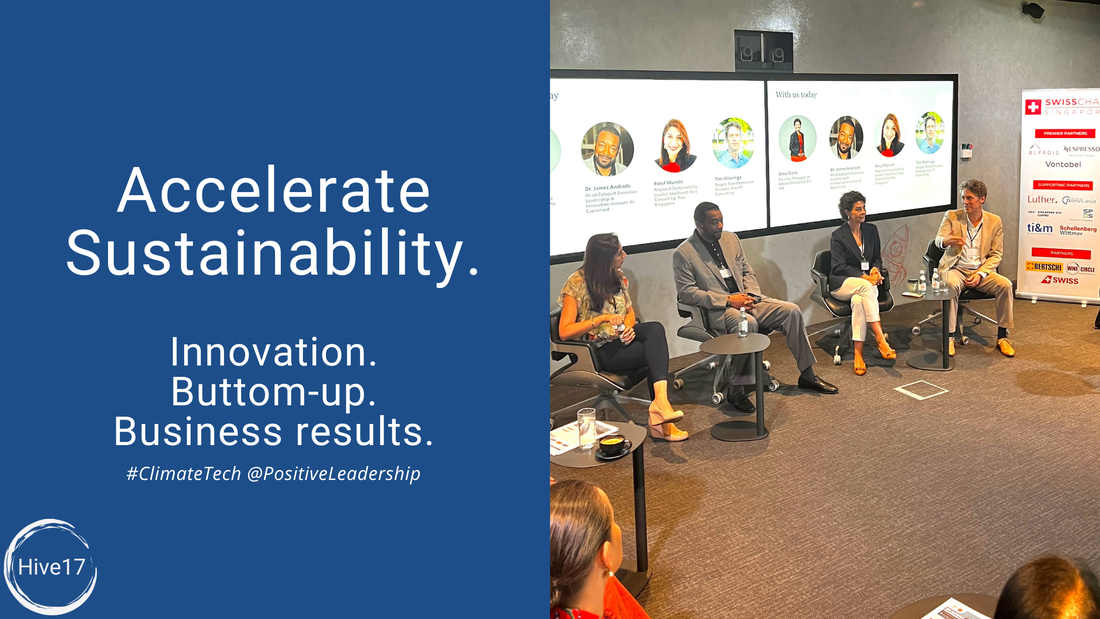
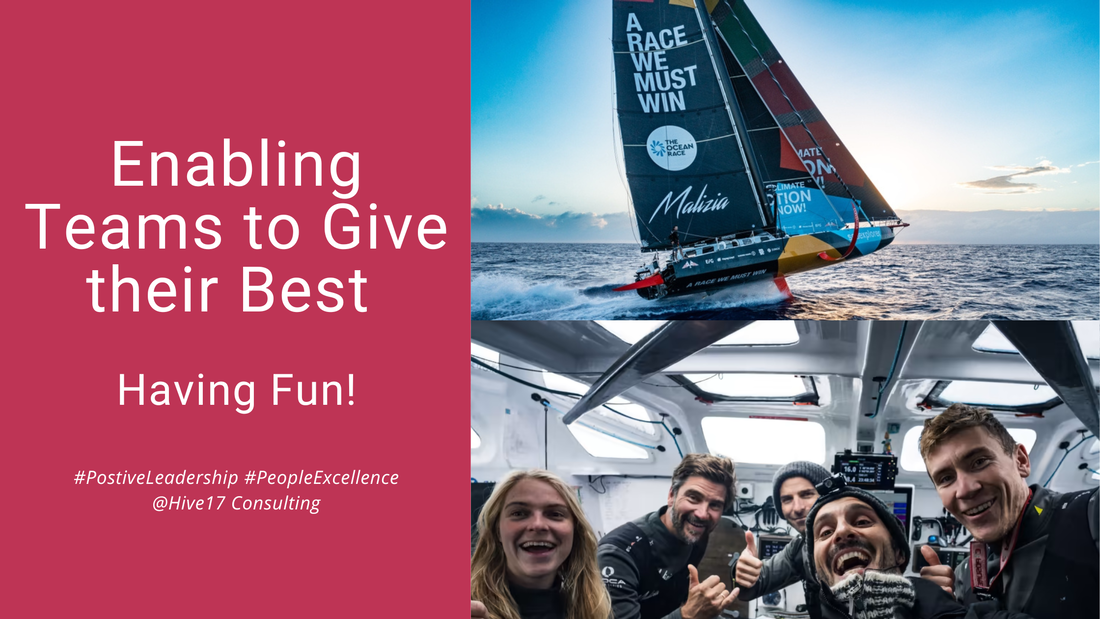
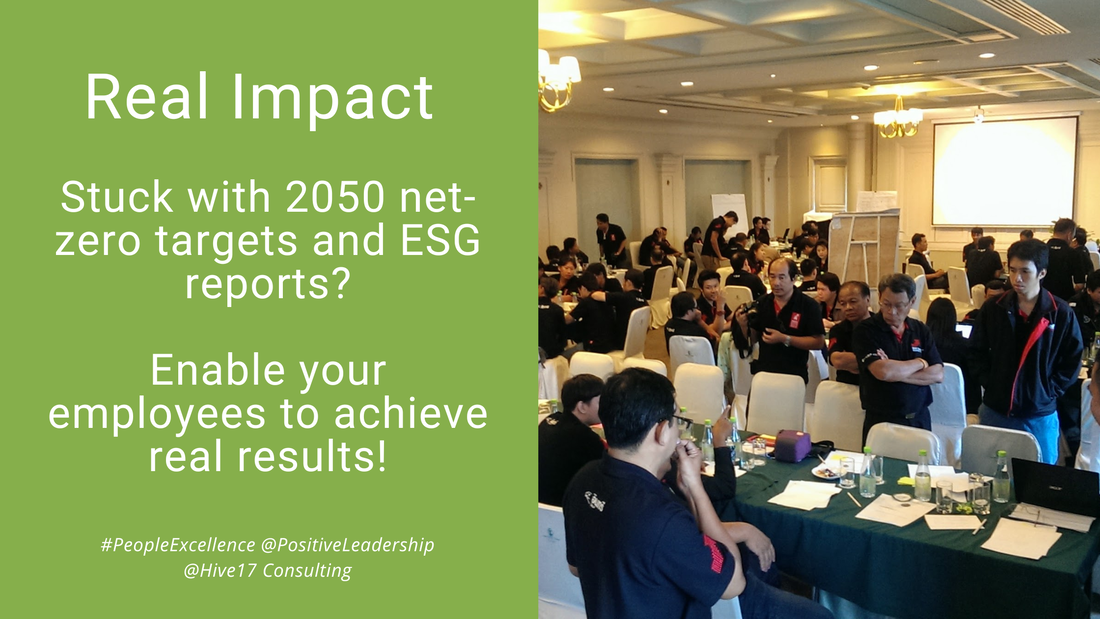
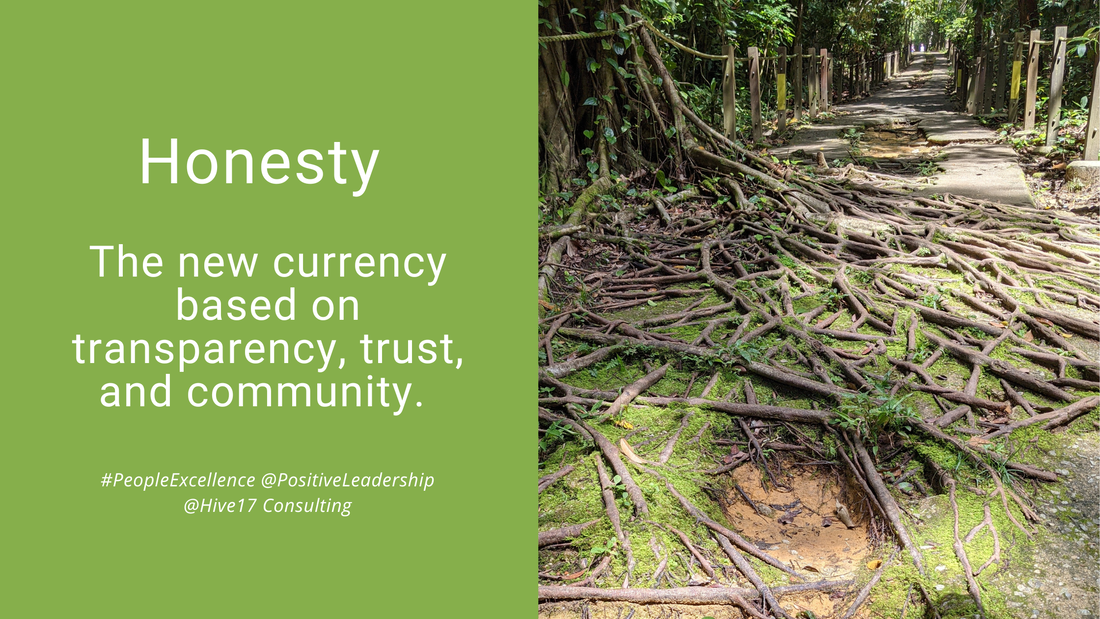
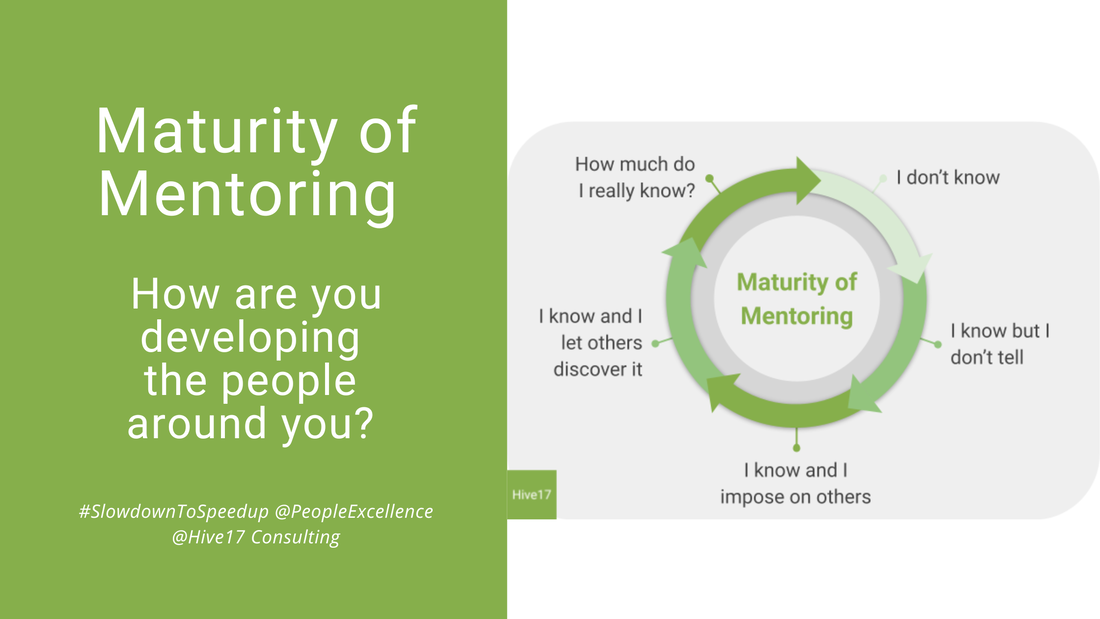
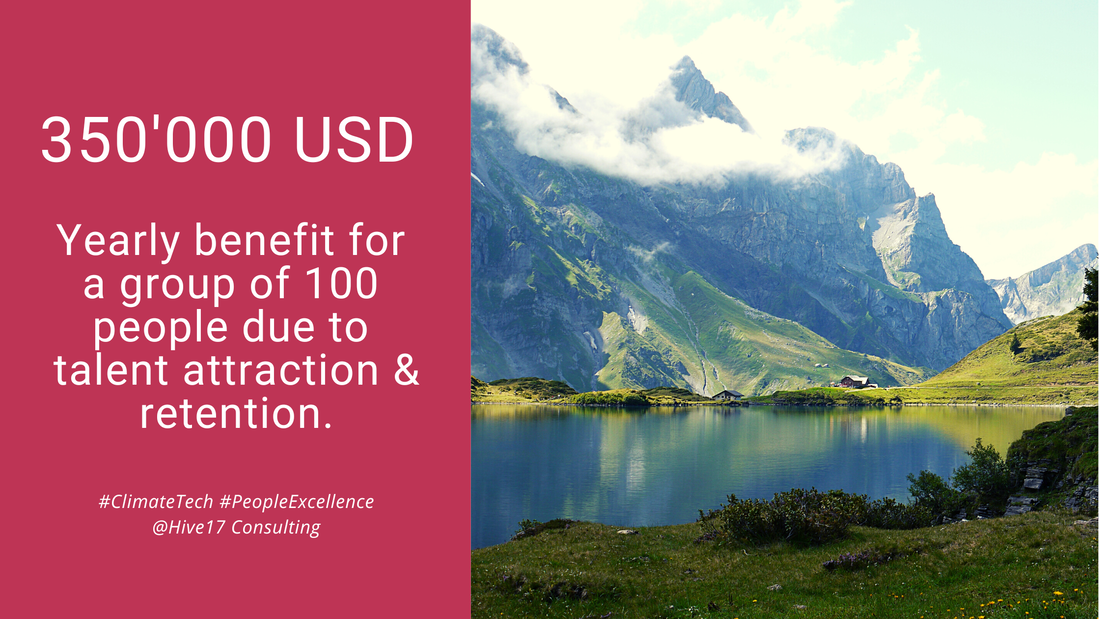
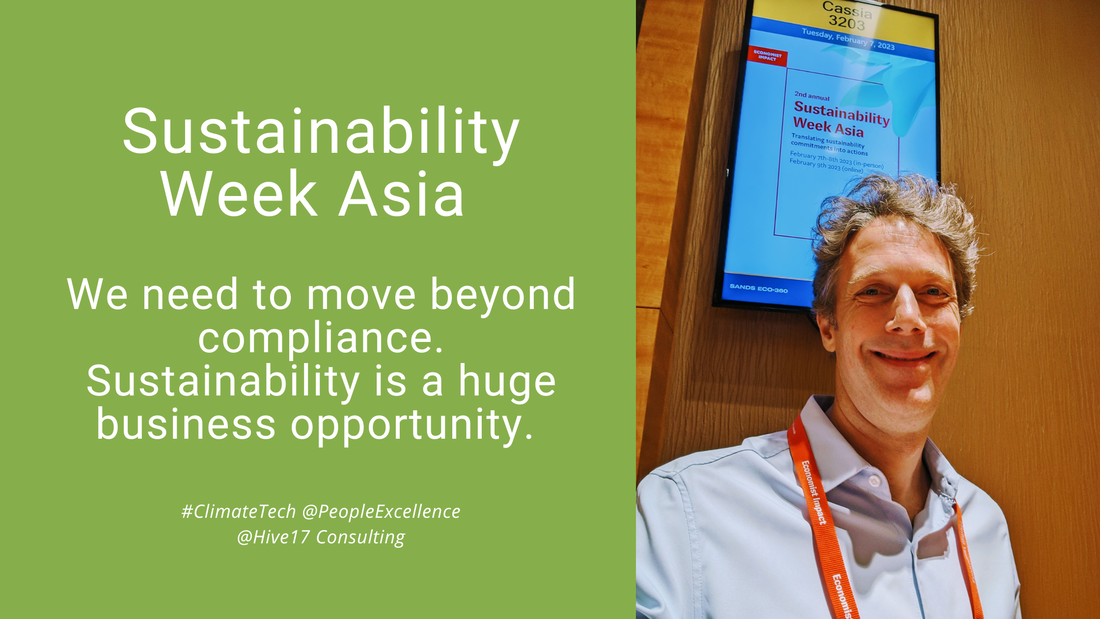
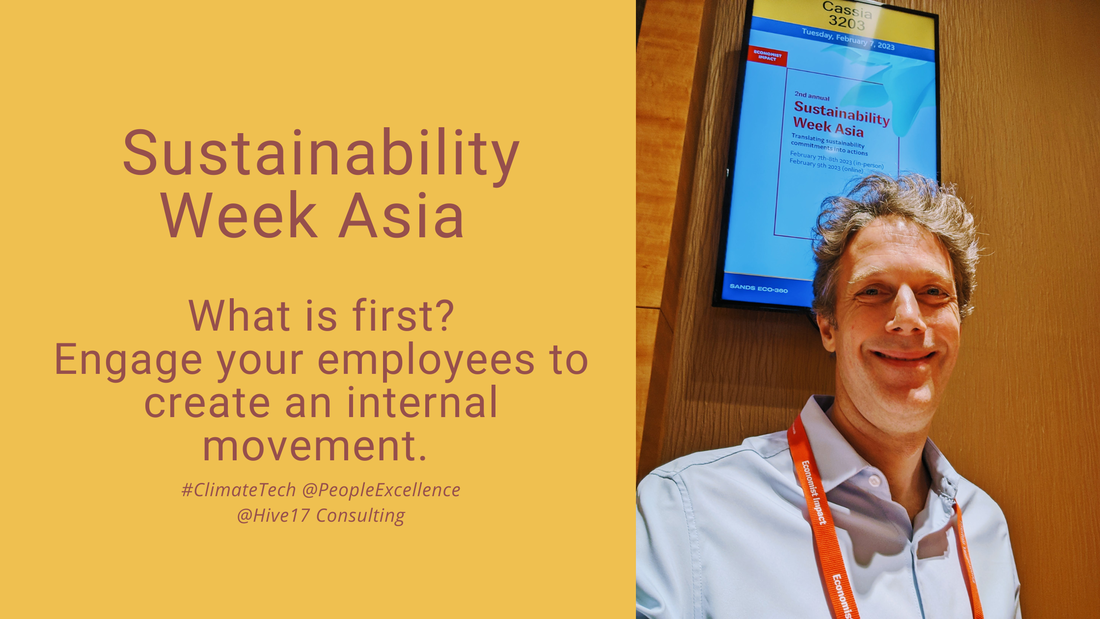
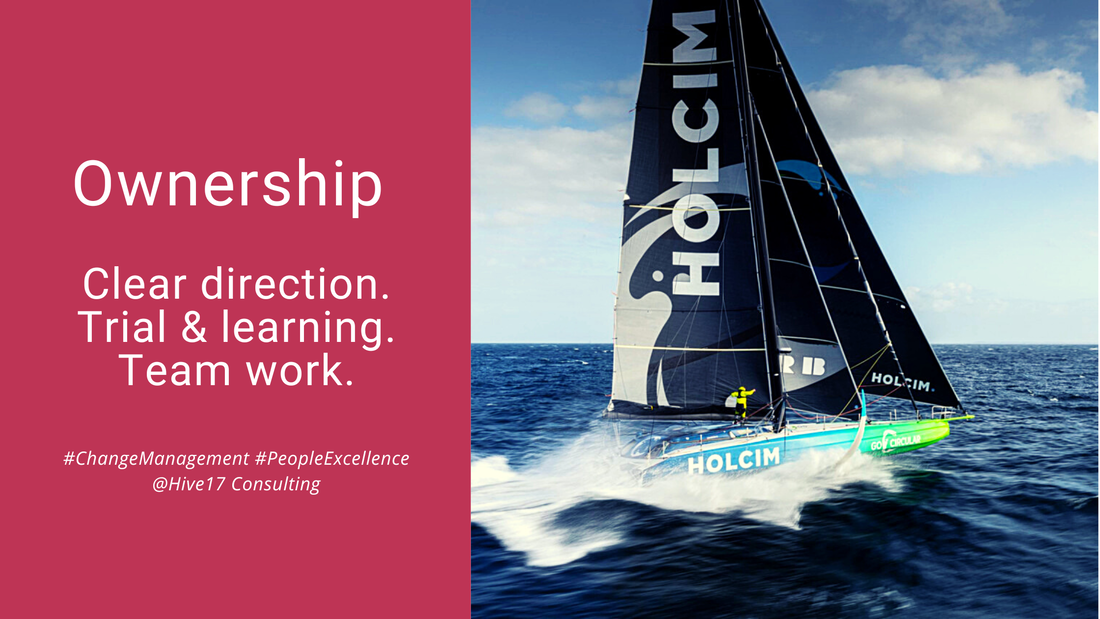
 RSS Feed
RSS Feed